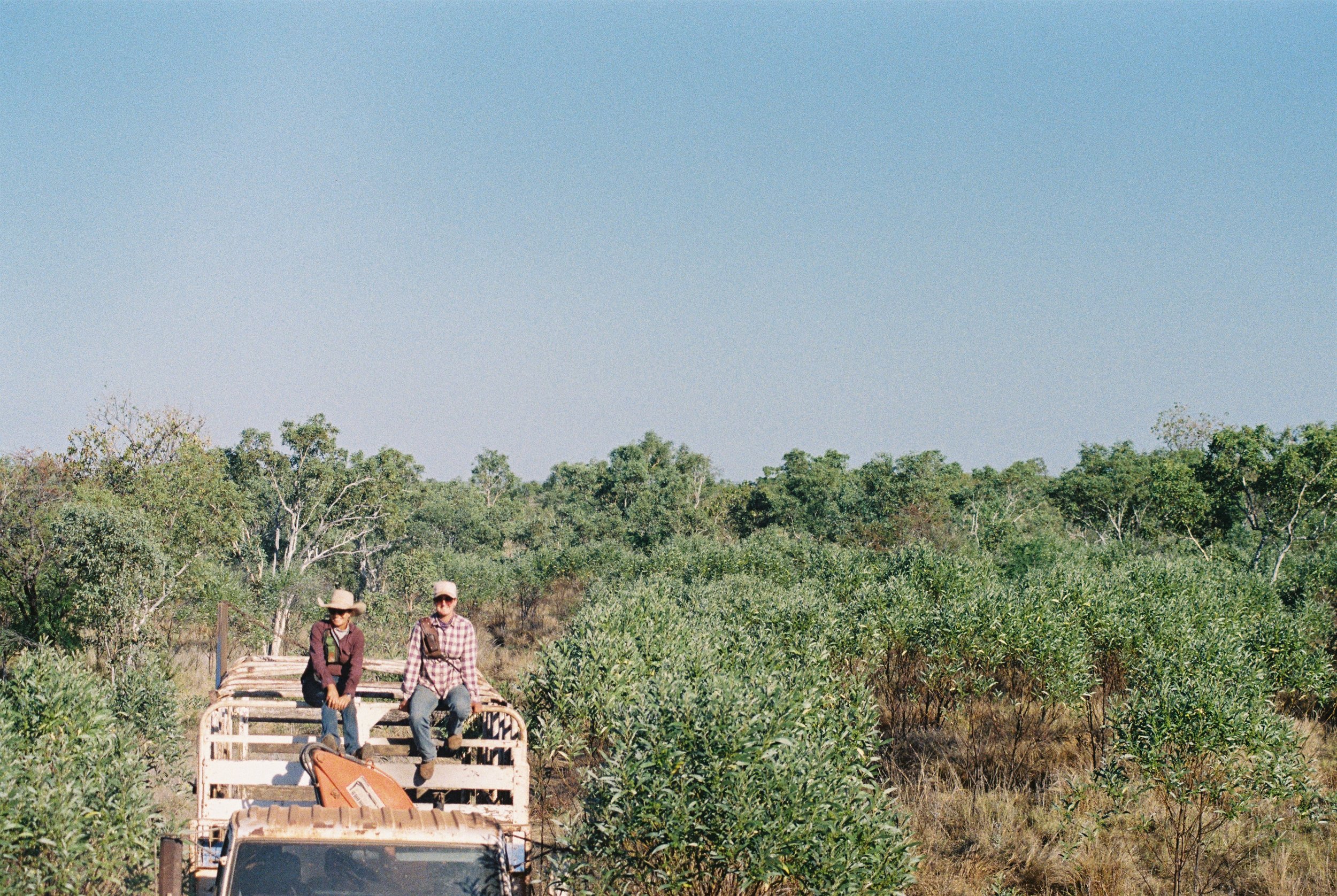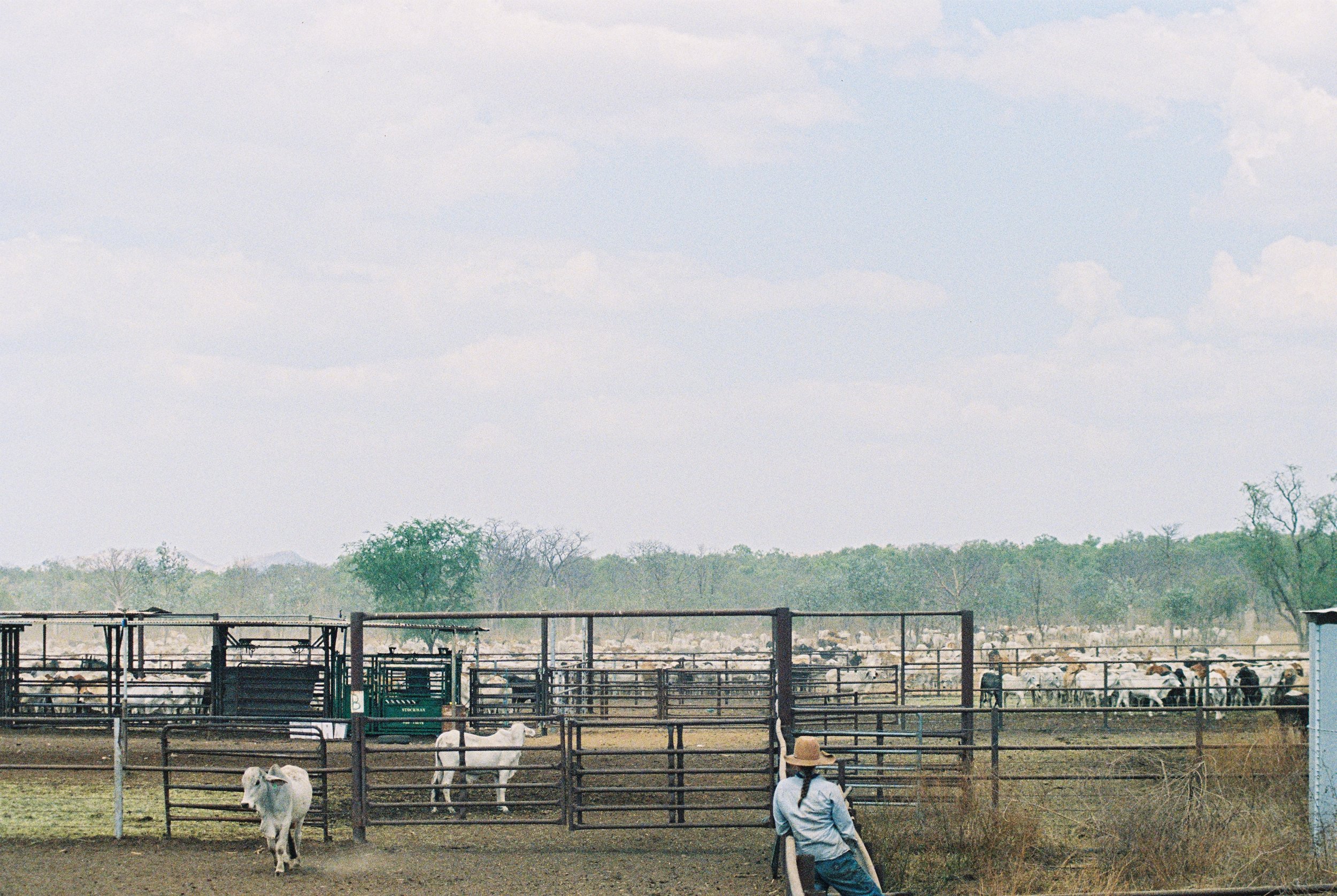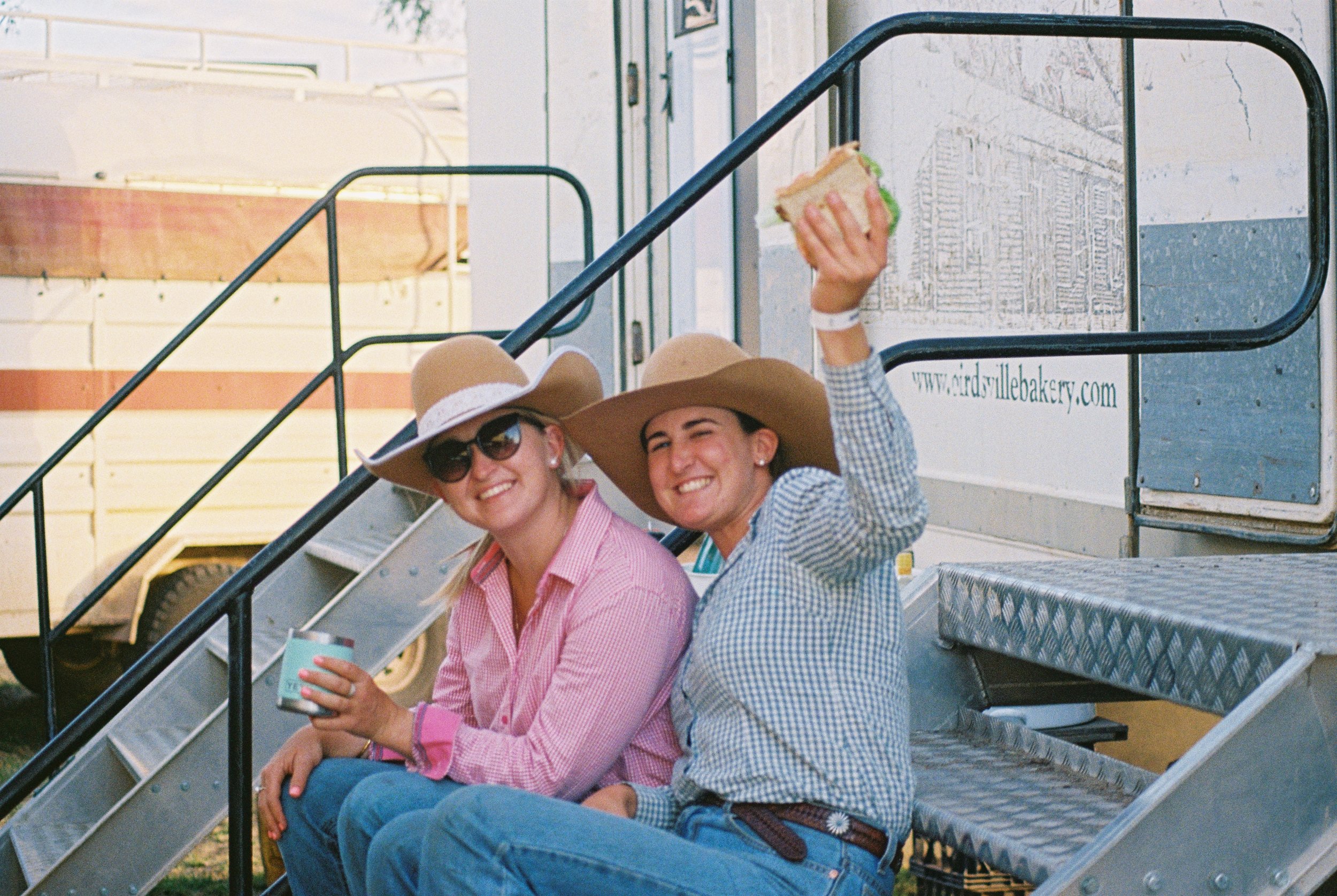Elise Stables
Interview by Alice Armitage Photography by Annie Montgomery
Elise Stables is far from your average twenty-three year old. If you were to track her down these days, you’d find her working as a helicopter pilot in remote Western Australia but it seems she has already lived many lives. Having spent her childhood floating between Texas, USA, the Central Coast of Australia and the South Island of New Zealand, Elise was set up for a life of adventure. Her impressive roster of achievements is a testament to that.
We might start at the very beginning. Can you just tell me your life story? Sure! I was born in Gosford, on the central coast of New South Wales, and shortly after moved to Texas, America with my parents. My dad is Canadian and his company is based in Austin so we spent some time there when things were being set up. We moved back to Australia when I was six and I spent a lot of my childhood as a little grommet surfer.
How did you end up living in New Zealand? When I was twelve my parents split, my dad moved back to Austin and my mum moved back to her hometown in New Zealand, and I went with her. I went to boarding school and that’s when I really got into horses. I started riding track work, I’d get up and start riding at four am and then I’d be at school by eight. As I got older I stayed on the track more and in school less.
Spending all of that time around racing, is that how you came across the Mongol Derby? I think so, I can’t quite remember where or when I first heard about it but I knew straight away that I wanted to do it. I was eighteen and still at school when I first applied. My mother was not impressed, but she came around eventually. From there I spent the next twelve months training, I was riding fifteen to twenty horses every morning on the track, running, swimming, anything to get my fitness up.
For those that don’t know, can you explain what the Mongol Derby is? The Mongol Derby is a thousand kilometre race across the mongolian steppe country on semi-wild horses. I flew out to Mongolia and spent a few days exploring, in pre-race briefings and getting my gear sorted. You’re only allowed five kilos in your pack including all your sleeping gear, toiletries etc, so sorting that out takes a bit of wrangling. Then it’s off to start camp where you have a few days riding horses before you set off. They let you loose with a GPS – loaded with fifty year old soviet maps – then it’s you and your horses racing across the Mongolian desert.
Can you tell me a bit more about these little wild bush ponies you were riding? You change horses every fifty kilometres or so, they are all about twelve hands high which is the equivalent of my chest I suppose. They are semi feral, running in herds out in the tundra. They’re just the toughest little ponies I’ve ever seen, with these little tiny feet that are just rock solid. Perfectly worn down by the habitat that they live in. Living in minus forty degree weather in the winter. As you start to ride north, the horses start to get bigger as people start crossing them with a Russian breed of mountain pony.
Can you even begin to explain what those days racing were like? Mongolia is the most incredible country to visit. The culture, the people, the landscape. During the race we interacted with the local nomadic herdsmen a bit. One night I ended up camping out away from a checkpoint. I just tied my three horses legs together and found a family. They didn’t speak English but I sort of notioned that I wanted to camp with them. One of the ladies milked the cow for me, I slept on the floor of their yurt with a goat carcass dripping blood next to my ear. You don’t get much more of an authentic experience than that.
You’re nineteen, you’ve just finished this incredible feat, what was next and how did you end up, four years later, living in Western Australia flying choppers for a living? I came back from Mongolia and really had an appetite for adventure. I knew I didn’t want to spend my whole life in racing and that it was probably time to look at something else to build a career around. I’d been around helicopters a bit on the farm and when I was a firefighter – one day I just decided that’s what I wanted to do. I went down to the South Island of New Zealand to start my flight training. I was driving stock trucks to pay the bills, studying in my layovers. I think it took me about eighteen months to get through my basic training.
Then you decided to climb a mountain? Ah yes, I did that. I guess I needed something new to achieve. In New Zealand there is this annual sky tower challenge for firefighters. You wear all your firefighting
kit with your cylinder and breathing apparatus and climb the sky tower and it always falls on my birthday. I really wanted to do it but I missed the entry cut off date, so I decided to just make up my own challenge. I wanted to raise some money for this great charity and landed on the idea of climbing the Wanaka three peaks, which is right in the middle of the Southern Alps – in my full firefighting kit of course. Right after my final commercial flight test I went to Texas to see my dad for a couple of months. The flattest part of America wasn’t really the best place to train but I was on the stair machine in the gym for four hours a day over those couple of months. When I got back to New Zealand I climbed all 3,700 metres of those three peaks with eighteen kilograms of gear. It was incredible and I managed to raise six thousand dollars.
Then you left all that went to the territory? I’d met Sam Chisholm, who owns Heli-Muster, doing the Mongol Derby so when I started looking for a job I rang him for some advice on how to get started as a pilot in Australia. He offered me a job, I packed up my life and moved over
to the NT. I worked under Sam as his junior for a year after that, mainly mustering. It was the biggest challenge that I’ve faced, it was so different and you had to work very hard to keep up but it thickened my skin a lot. But Sam has backed me with everything I’ve done in my career and I’m eternally grateful for the opportunity he gave me.
I can’t imagine there are many twenty year old female helicopter pilots – how much do you think gender played into your experience and how have you navigated that? I’ve worked in quite a few male dominated industries; firefighting, agriculture, transport but being a pilot in the outback takes the cake. I chose to stay quiet and work hard to do a better job than people believed that I could. I knew I had to run faster and jump higher than any guy would have in my position, but I made my peace with that and got to work. You’re never going to find someone with more ego than a male pilot and I really struggled to build relationships with the other guys at the start but I feel like we’ve all moved past that now. It’s just a matter of changing their ideals about what it takes to be good. Once they all realised that the work I was doing was good and that I wasn’t going to back down, the boys I’ve worked with have now become some of my closest friends.
There is so much to be said for the old saying ‘you’ve got to stick it out and stick around’ right? As unfair as that is sometimes. Yeah, it was definitely hard to do that. I’d left everything behind in New Zealand for this first job as a pilot, my family, my partner at the time. I was heartbroken in a new place with no support network dealing with all this stuff, it was horrible at times. But I can’t tell you how glad I am that I was a junior at Heli-Muster. Everyone there takes so much pride in their work, you’re taught a lot about work ethic there and what it means to be a great pilot. You can tell when people take pride in their work and I’m grateful to have learnt from that team – especially Sam.
When did you start doing your leatherwork? There is this rite of passage when you’re a junior working at Heli-Mutser that you work over the wet season while everyone else is on holidays. There is a lot of downtime when you’re working over the summer so I ordered a leather making starter kit online. I really liked it so I’ve just kept teaching myself things. My gear usually just lives under my seat when I’m flying so I can work on it while I’m waiting. I’ll sit in the helicopter and stitch or something – hence the name Sky Hides.
Where are you based now? I’m in Newman, the Pilbara.
After you found your feet flying you decided to spend some time working on the ground, mustering in the Gibb. I want to talk about that and what drove you to do that, especially when most people would consider it to be a backward step career wise. What’s it like being out at camp for months on end like that? Just after that time being out at camp I went on a girls trip to Melbourne and I kept asking myself which reality was real life? The city life or the one out in the bush where you’re sleeping in swags for two months at a time? I’m not sure what the answer is but I know there is nothing simpler than life out at camp. There is a lot of clarity in that kind of life. We’d have a killer hanging in the tree, occasionally eat an orange so you don’t get scurvy, bathe in the creek and chase cows all day. The work was hard but everyone pulled their weight and we became such a family. We were also working on some of the most beautiful country I’ve ever seen. Obviously it takes a certain kind of person to love that life, but I loved it.
I can tell your time out at camp was really good for you as a person – do you think it was good for you as a pilot? Yes, some of the people I was working with had been ringers their whole lives and the things I learnt from them all come back to being a good stockman and a good bushman – that’s what I strive to be. When I’m flying, I want to carry that same mentality of stockmanship even if I am doing it from the air.
If you’re interested in seeing more of our work - we hope you’ll consider subscribing to our physical paper here.






